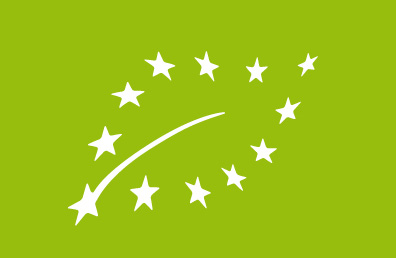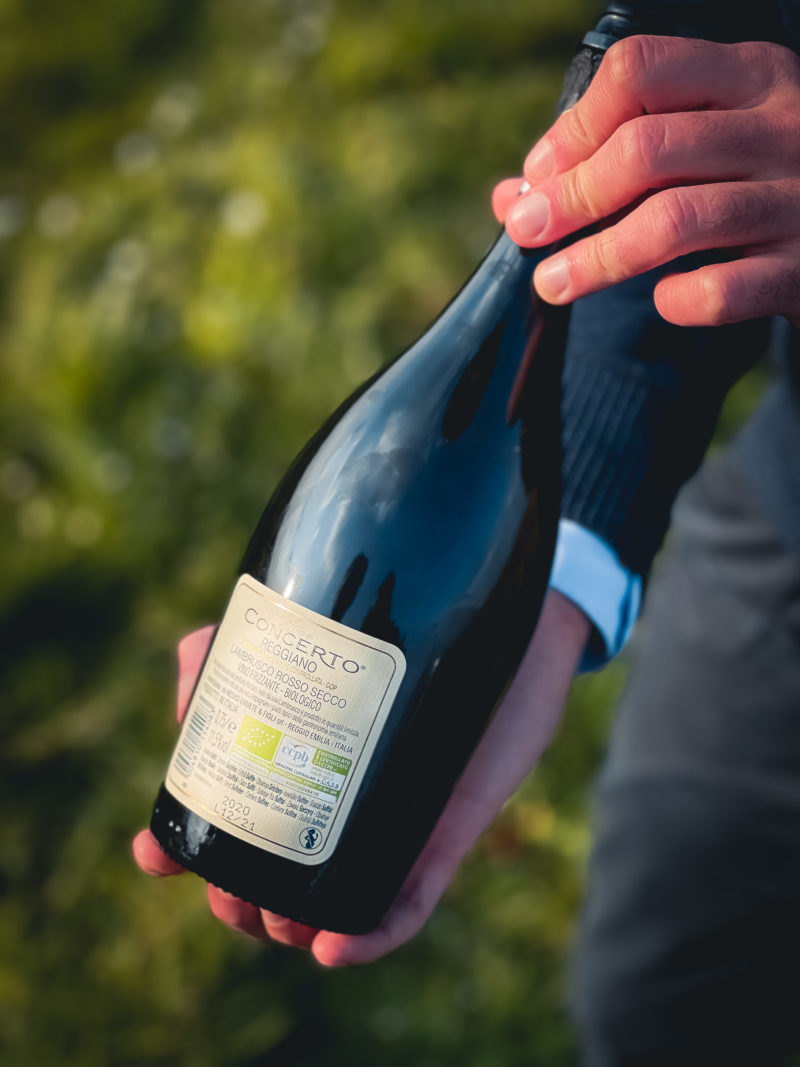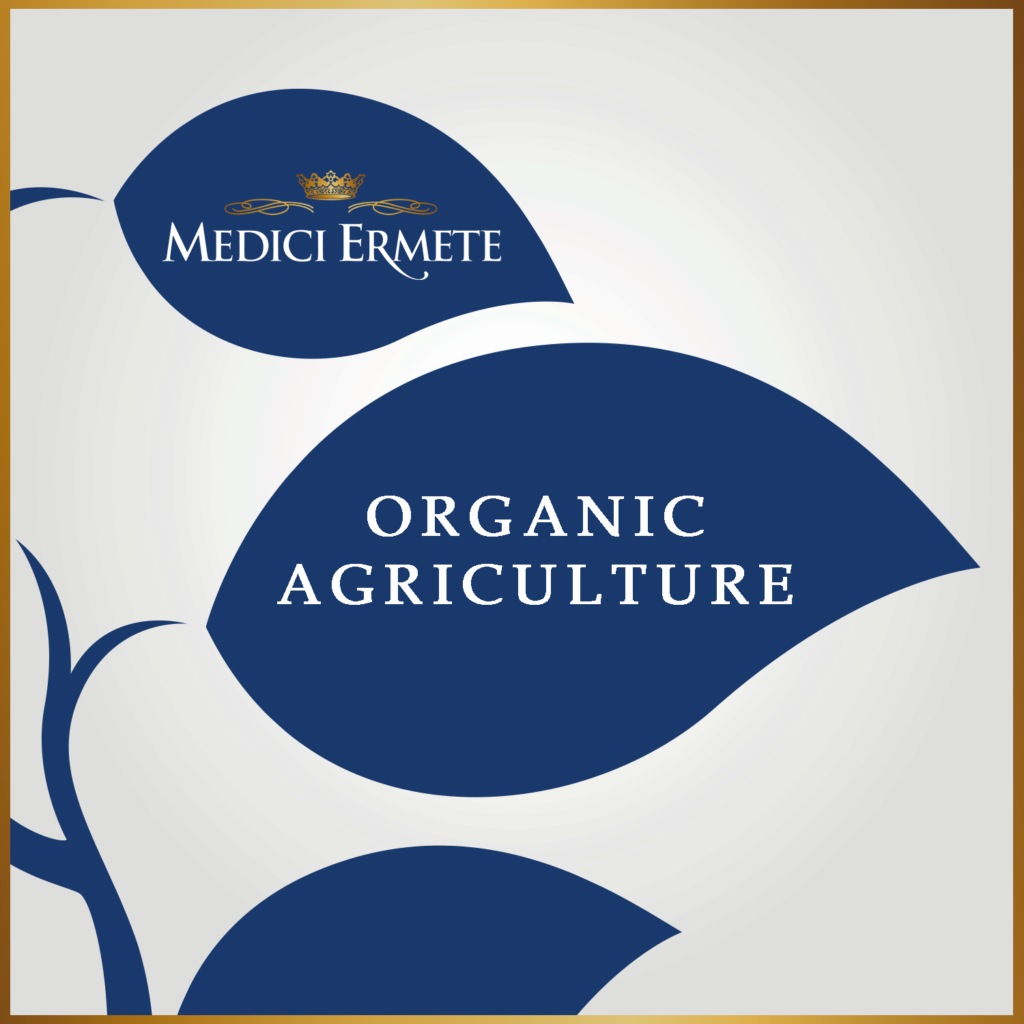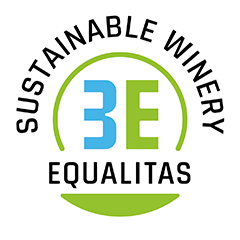Organic farming is an alternative agriculture to the so-called “conventional” one both for the aspects concerning the business management and for those concerning the productive management.
The systemic turning point that we have always felt very close to us concerns one of the main objectives of this type of agriculture. In the organic sector, the objective is not to always and in any case increase production, but it is cultivated and produced to maintain and increase the levels of organic substance in the soils by reducing or completely eliminating the contribution of synthetic fertilizers, herbicides to destroy the ‘weeds’ and pesticides to fight parasites (insects, mites, etc.) and pathogens (fungi, bacteria, viruses).
We choose to produce according to the dictates of organic because by doing so we meet a double function:
- respond to consumer demand for healthy and safe food and fiber
- provide public goods that contribute to environmental protection, animal welfare and rural development.
When we talk about wine, Lambrusco in our case, we are talking about something that we drink, that we put into our body. This pushes us, as citizens, and as a company, to try to do everything possible to give our customers a product that is healthy, clean and does not adversely affect the body.
If we try to do our best from a production point of view, at the legislative level, stakes have been put in place to ensure that the consumer easily recognizes the certified organic from any scams or different produc
In Europe, organic production is governed by EC regulation no. 834/2007 and the subsequent EC implementing regulation no. 889/2008. These contain a number of common provisions regarding production methods, product labeling, the control system and everything that revolves around organic production.

In particular, EC Regulation no. 834/2007 provides for the mandatory use of the organic label. You have already seen it many times, but it is good to reiterate it: only products with this exact leaflet are certified organic. There are many certification bodies, but you will always find the official logo on the product label with their logo.

A numerical code is associated with the logo, indicating the country, the type of production method, the operator code and the code of the control body.
This type of operation summarizes a series of virtuous behaviors of which we are obviously proud and which have pushed us to move to organic certification despite having been carrying out sustainable integrated pest management for years.
At the beginning of the article we mentioned the elimination of synthetic fertilizers, herbicides and pesticides. But what exactly are they? How do they affect the protection of the environment and health? How do we plan to protect biodiversity? Keep following us to find out more.
DO YOU WANT TO FIND OUT MORE?



